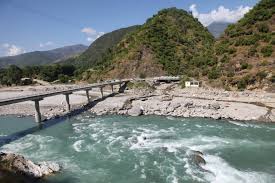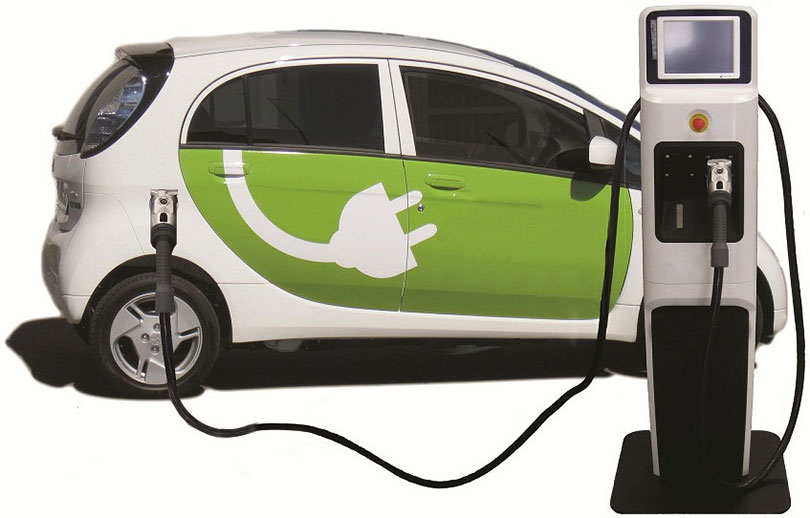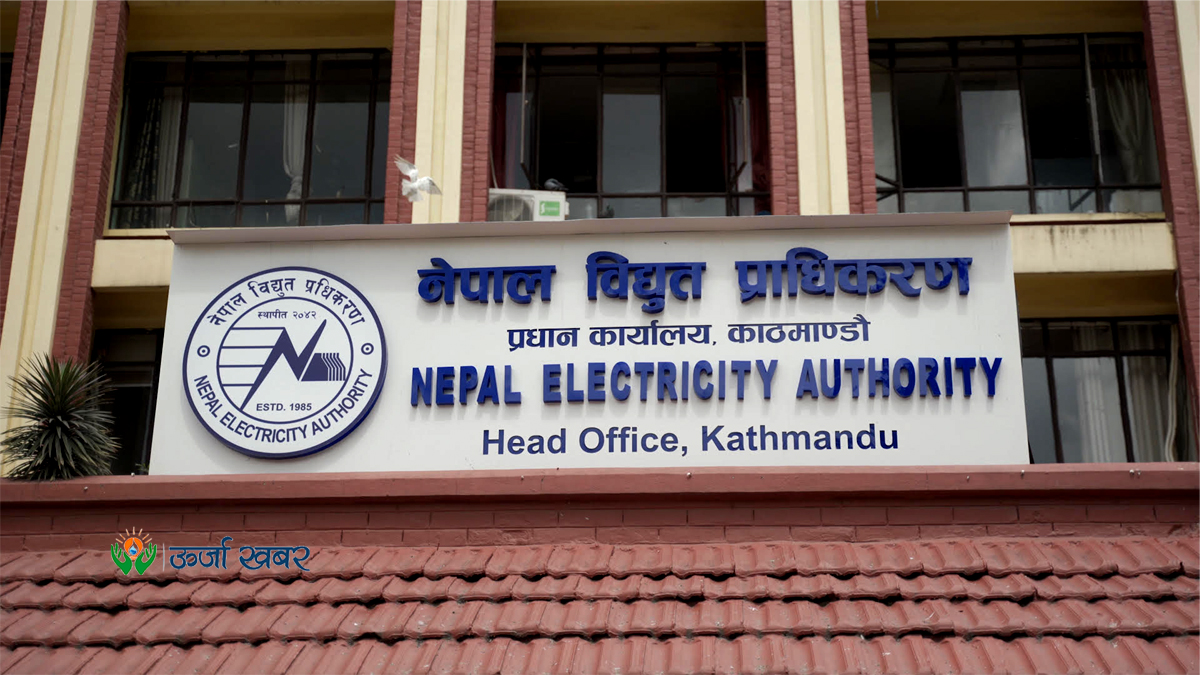Energy Update
Investment Board and Indian firm discussing West Seti project this week

The Investment Board Nepal is set to begin negotiations with the NHPC Limited, an Indian state-owned power company, for the development of the 750MW West Seti Hydropower Project from Sunday, a senior official of the board said.
On May 12, the board had received a formal proposal from the Indian company to construct the national pride project.

Four years after China’s Three Gorges Corporation pulled out from the project, the Indian company applied to develop the 750MW West Seti along with the 450MW Seti River (SR-6) to generate a total of 1200MW.
The IBN has remodelled the two projects under a single package to attract investors after failing to woo investors under the existing setup.

“A negotiation team headed by IBN Chief Executive Officer will sit for talks with the representatives of the NHPC starting Sunday,” said Amrit Lamsal, the board’s spokesperson.
According to him, the two sides will discuss a draft memorandum of understanding (MoU), which will contain the role and responsibilities of both sides after the Indian company starts work on the Detailed Project Report (DPR).
“As mandated by the Cabinet, we have prepared the draft, under which the Indian company is supposed to study economic, social and environmental impacts of the project, determine whether to maintain the same capacity of the hydropower project or optimise or downsize the capacity and whether to develop the West Seti and SR-6 jointly or separately.”
He said that the MoU will also have mention of DPR-related issues including the dates for commencement of construction and completion of the project, and the estimated cost of the project.
Once the MoU is finalised, the Department of Electricity Development will issue the survey licence to the Indian company. The developer is supposed to complete the DPR of the project in two years.
Since it has been a long time since the Australian firm, Snowy Mountain Engineering Corporation (SMEC), submitted its DPR for the development of the project, a fresh DPR will be required, according to IBN officials. The China Three Gorges Corporation, which was earlier awarded the project, didn’t submit a DPR, according to Lamsal.
“Once the developer submits a DPR and it is approved, negotiations on the Project Development Agreement (PDA) will begin,” said Lamsal, who is also a member of the negotiation team from Nepal.
The PDA defines the roles and responsibilities, accountability and liabilities of both parties. According to Lamsal, the NHPC aims to develop the project to export power to India. “This is good for Nepal as the country can fulfil its power requirements from other projects. Since the NHPC is a state-owned entity, it will not be difficult for the company to have market access in India,” said Lamsal.
After four years of uncertainty about the future of the project since the Chinese company pulled out from the project in 2018, the expression of interest by the Indian company has given a new hope for the development of one of the highly prioritised projects of Nepal.
After the Chinese company pulled out, the government tried to woo investors to the project during the Nepal Investment Summit in early 2019.
“But the company selected from among those which had shown interest in the project during the investment summit, didn’t come forward for negotiations,” said Madhu Bhetuwal, joint secretary at the energy ministry, who had earlier served at the Investment Board.
The project suddenly gained momentum after Prime Minister Sher Bahadur Deuba, while addressing a gathering in Dadeldhura on May 10, just ahead of the local elections, said that he will discuss the project with Indian Prime Minister Narendra Modi during the latter’s visit to Lumbini on May 16 on Buddha Jayanti.
Modi paid a daylong visit to Lumbini on May 16. The Nepali side tabled the project during the delegation-level talks. “Development of the West Seti project was part of the discussions during the meeting between Prime Minister Deuba and Modi,” the Ministry of Foreign Affairs said in a statement on May 16.
According to a statement issued by the Foreign Ministry, Prime Minister Deuba invited interested Indian companies like the NHPC Limited to develop the West Seti project. Before Modi’s visit to Lumbini, the Indian company had already submitted an application to the IBN expressing its willingness to develop the project.
The new development on the West Seti Project took place at a time when the southern neighbour has shown more interest in developing hydropower projects in Nepal and creating a sub-regional integrated energy market involving Bangladesh, Bhutan, India and Nepal, collectively known as BBIN.
During Deuba’s visit to India in early April, the two countries issued a joint vision statement on energy, which talks about expanding mutually beneficial bilateral cooperation in the power sector including joint development of power generation projects in Nepal; development of cross-border transmission infrastructure; bi-directional power trade with appropriate access to electricity markets in both countries based on mutual benefits, market demand and applicable domestic regulations of each country; coordinated operation of the national grids; and institutional cooperation in sharing latest operational information, technology and know-how.
The West Seti project has been on the drawing board since the early 1980s. The project also attracted some geopolitical fissures in the last two and a half decades since the government issued the developing licence to a French company and then to a renowned Chinese company.
Initially, in the 1990s, the SMEC tried to build the project to export power to India. But owing to complicated negotiations with India, lack of financing, corrupt officialdom and the Maoist insurgency in the country, the 750 MW project could not make progress for around two decades. Then in 2012, an MoU was signed with the China Three Gorges Corporation.
But negotiations with the Chinese company collapsed after the Chinese company said the project would not be financially viable.
According to Bhetuwal, the Chinese company was unsure about whether Nepal could ensure the market for the electricity and a long and costly transmission line needed to evacuate the electricity was another concern for the Chinese company.
The Chinese company was also not satisfied with the price offered for the electricity by the Nepal Electricity Authority. The authority had offered Rs12.40 per unit during the dry season which lasts from December to May, and Rs7.10 per unit for the rest of the year. The Chinese company had sought a guaranteed rate of return of 17 percent.
With both sides failing to arrive at consensus, the negotiation collapsed putting the future of the project uncertain once again.
After the Indian company showed interest to develop the project, a hope for development of this project has once again revived. “With India willing to provide access to its huge power market to the electricity generated in Nepal, the developers are now less worried,” said Bhetuwal.
Conversation
- Info. Dept. Reg. No. : 254/073/74
- Telephone : +977-1-5321303
- Email : [email protected]












.jpg)
